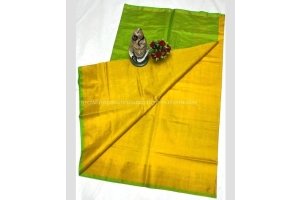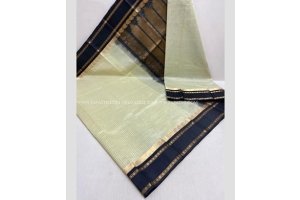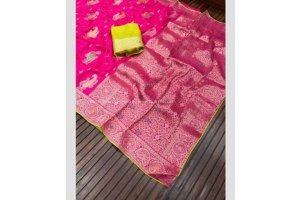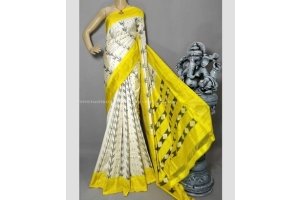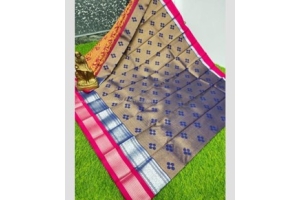Why Are Pochampally Ikat Sarees Worth The Wear?

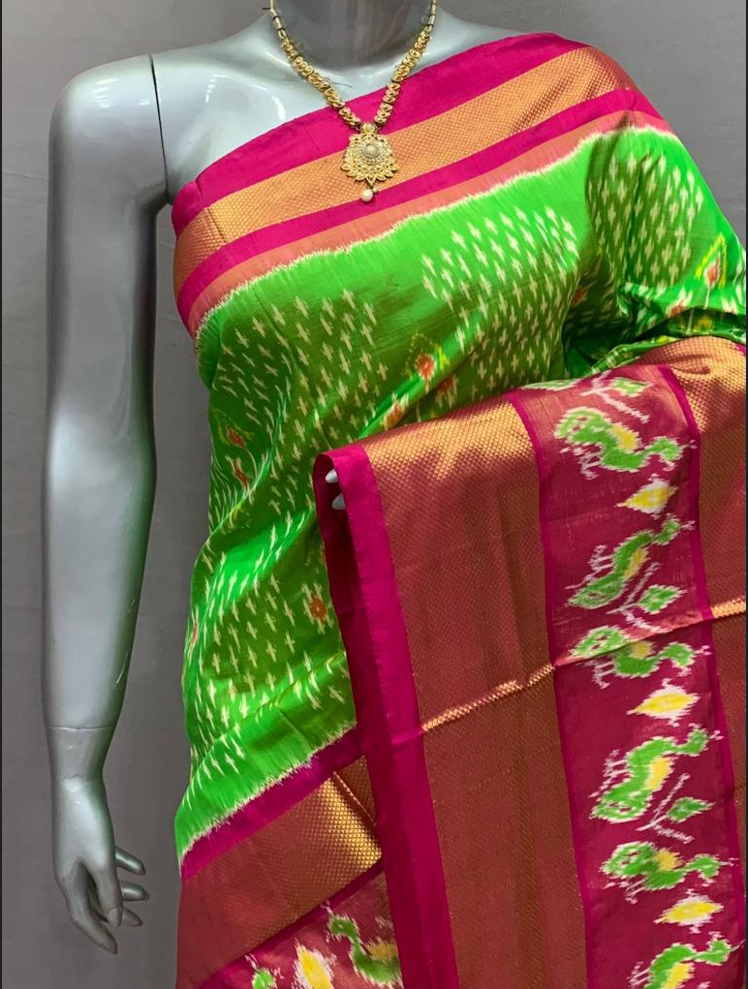
Indian tradition has long included sarees, which have since changed to meet contemporary standards. The enchantment of Ikat is one such tradition that dates back to the 20th century. Tapathi has an extensive collection of gorgeous handloom silk sarees that are both traditional and beautiful of radiant fabrics.
Ikat is a form of textile art where designs like pointed arrows or diamonds are created by weaving on warp threads or by block printing paisleys, flowers, leaves, geometric shapes, etc.
The Nalgonda district in the Telangana Indian state is where Pochampally sarees are designed. Due to its resemblance to the Ikat form of fabric dying, one of the state's oldest dyed designs is also known as Pochampally Ikat. A Pochampally saree typically has geometric motifs. Although the saree's name is less well-popular in the northern parts of India, it is one of the most known in the southern area.
Ikat handlooms are an art form that started in Odisha and spread throughout southern India. These days, Andhra Pradesh/Telangana, Odisha, and Gujarat are the three major regions where this craft is most popular.
Ikat lehenga has steadily increased in popularity due to its imaginative, attractive patterns as well as the fact that its weavers have developed their original textile designs due to their extensive weaving and dyeing experience.
For the majority of rural residents in the regions where this cloth is produced, ikat stands for empowerment and the development of jobs. Not just the vendor but the entire chain of people who make up this interdependent ecosystem profit from this occupation. Supporting Ikat helps more farmers, which benefits everyone who is a part of this ecosystem.
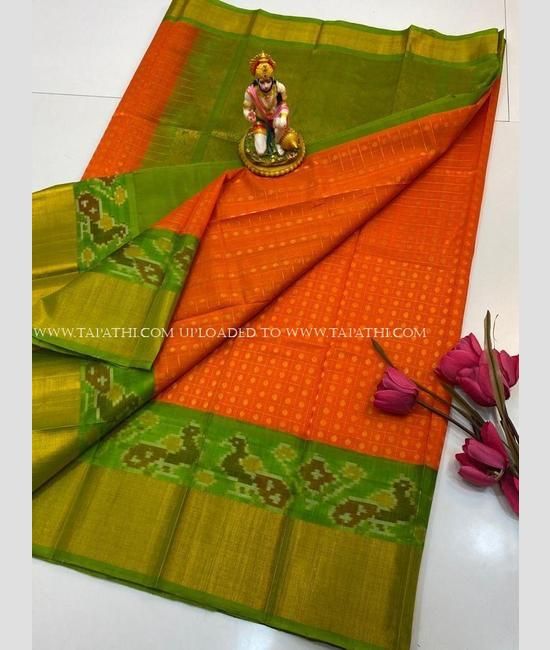
Pochampalli is renowned around the world for weaving Ikkat Saris and other textiles. It is a part of the UNESCO World Heritage List. A few villages, mostly in the Nalgonda district, including Pochampally, Koyalgudam, Choutuppala, Siripuram, Bhuvanagiri, Puttapaka, and Gattuppala, still practice weaving today.
Ikat was originally only possible with cotton, but the South Indian States added silk as a substitute for cotton to make smoother designs and cotton silk to keep the comfort level high.
In comparison to the intricate ikat motifs, the designs in the style known as Telia Rumaal are larger and crisper, making it more well-liked. Pochampally Double Ikats have smaller, more blurry designs. Because both the warp and the weft yarns must be tied and dyed, they require a lot of time to develop.
The saree is light on patterns; that is, they are mostly included in the pallu or the saree's border, and it is found in a combination of lighter, pastel shades. Even if it is just as attractive and exquisite, the use of zari is lighter than the old alternatives. Additionally, the prints used in designer Pochampally sarees are being updated. For example, one print uses an extended diamond that resembles an angular teardrop. All these interpretations of one of the most popular Indian sarees have made sure that it lights the interest of both younger and older people worldwide.

